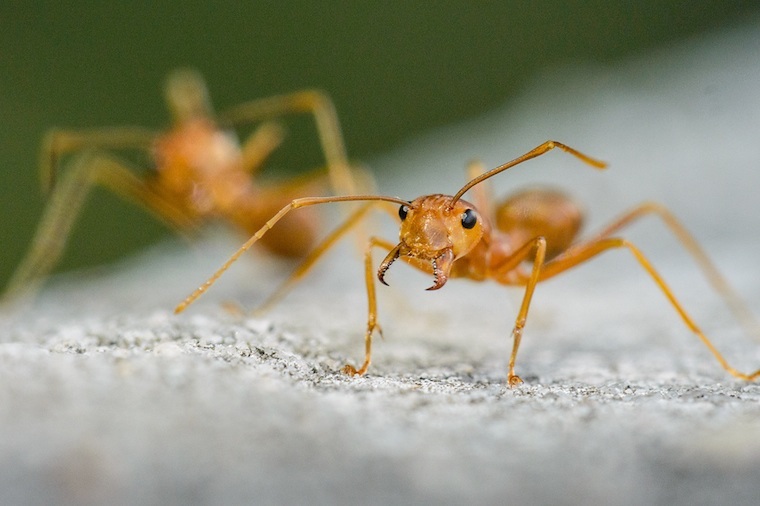
Image Source: Flickr
Sorry, insect haters: the ankle-biting ants you’ve likely grown to loathe over the years are not only a necessary component of the global ecosystem, but are as old as dinosaurs, more numerous than you ever thought, and even “slave” masters.
Over 12,000 known species of ants can be found around the world, with many others presumed to exist, but not yet discovered. Thanks to human migration, home for an ant is just about anywhere, save for Antarctica and a few small islands. Most of them, like the Argentinian ant, have spread from their origins in South America to the rest of the world.
These petite world travelers have been populating the Earth since the mid-Cretaceous period, when they crawled alongside dinosaurs. Unlike their giant lizard counterparts, though, ants have not only survived on into the present, but thrived. Currently, the living population of ants at any time across the world is believed to total 10,000,000,000,000,000, or ten thousand trillion ants.
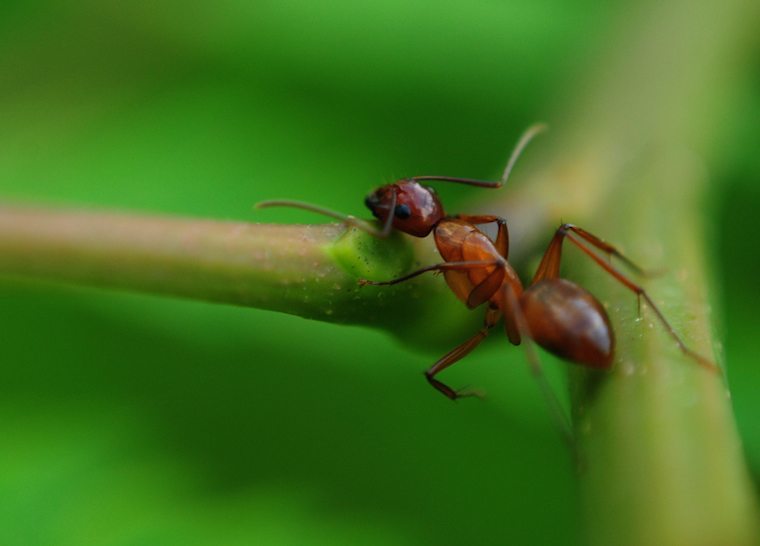
Image Source: Flickr
Given their survival and organizational skills — some of which recall human society — ants offer themselves as subjects of intense and varied research. “Ants live in structured and organized societies, as other animals like termites, bees and wasps do”, says Dr. Luis Herrera, Zoology Professor at the Universidad de Navarra, in Spain.
These insects work and live socially, creating colonies — also called formicaries — that can host millions of individuals. Ants work differently pending their species, but typically each colony will have soldiers, workers, queens (which have the same function of queen wasps: to lay eggs), and drones (male ants that exist for the sole purpose of reproduction).
This labor division has also been observed in the way they feed the larvae: some ants bring food into the colony, others move the food to the feeders, and lastly, the feeders feed the larvae. All of this sounds very sophisticated, and it is. That is, of course, if we forget the fact that ants occasionally steal larvae and young ants from other colonies to make them work at their own colony. That’s modern-day ant slavery.
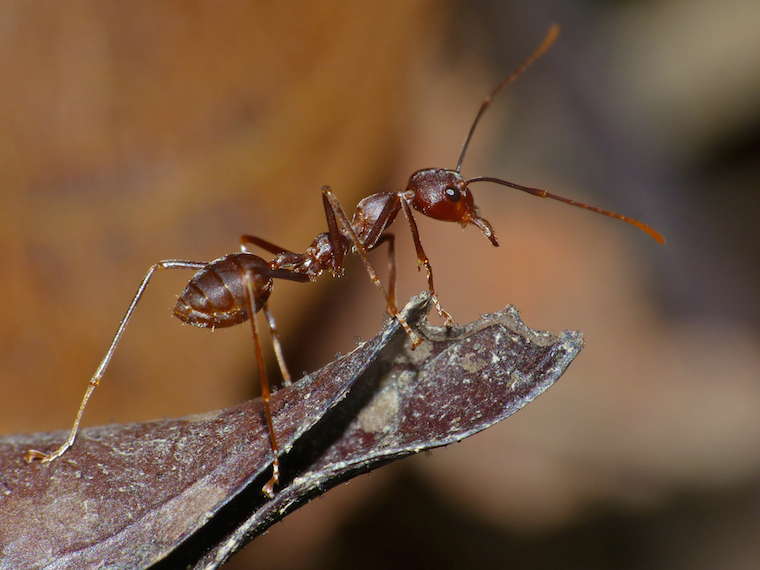
Image Source: Flickr
The largest ant colony discovered to date extends from northern Italy to southern Spain and France, in a 6,000 km-long (or nearly 4,000 mile-long) underground matrix that brings together millions of ants, called a super colony.
Super colonies aren’t just a European thing: a 500-plus mile super colony stretches across the California coast, and another tunnels through Japan. These three super colonies have one thing in common: they are home to the Argentine ant. Studies have shown that the three super colonies might actually be part of an even larger unit known as a mega colony.
Interestingly, since these ants share the same genetics, they can recognize each other and work together immediately — even if they hail from different or unknown colonies. “Ants have a very interesting communication system using volatile chemicals called pheromones, secreted by special glands”, explains Dr. Herrera.
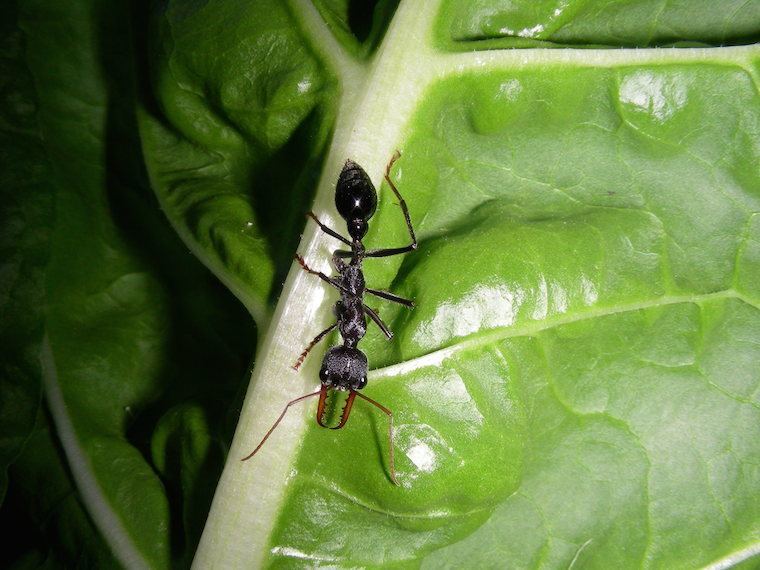
The bulldog ant, one of the deadliest ants in the world Image Source: Flickr
Though these ants have conquered the planet without using tanks or weapons of mass destruction, they still have a bad reputation among the international community. For the most part, though, ants contribute a great deal to human well-being, even though we don’t really see it: they farm the earth for free.
By minding their colonies and own survival, ants also enhance our own backyards. As they protect their larvae, ants keep termites and other pests from the garden. When ants bring seeds beneath the Earth they rotate the soil, making its nutrients more accessible for plants and thus helping the plants grow. Beyond that, ants are great decomposers, turning what has died into sources of new life.
These earthlings have seen a great deal of world history. And they’re going to be with us for a long time to come.
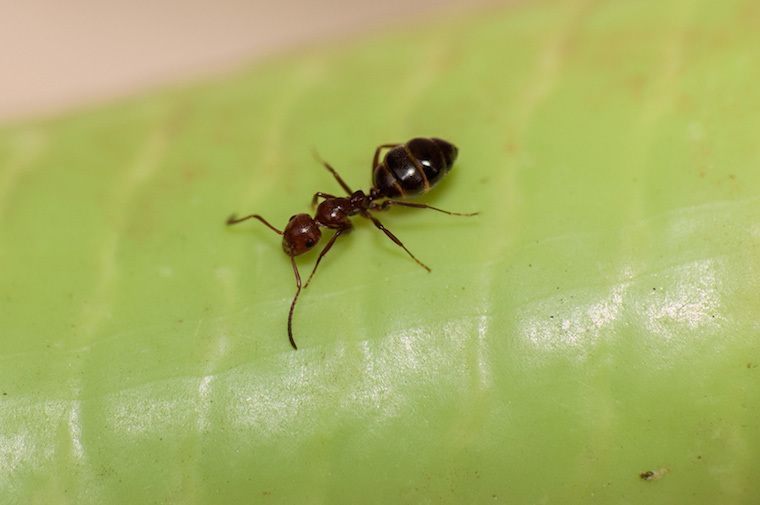
Image Source: Flickr





